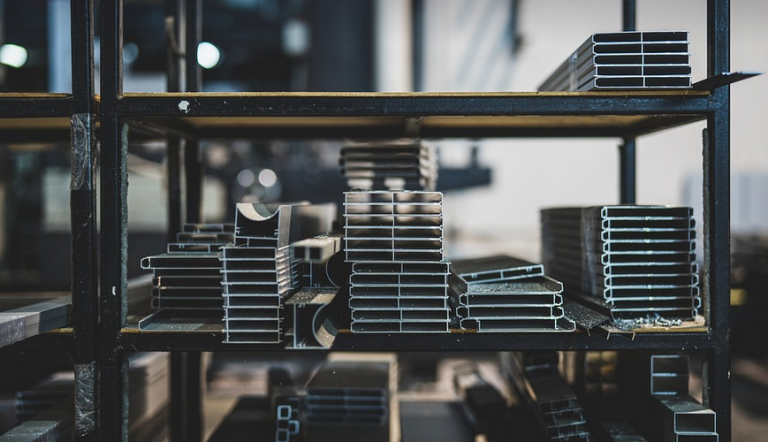
Why Do You Need Heavy Duty Welding Gloves?
We all know welding is a serious business, and for good reason! It’s an incredibly intricate process that generates intense heat, sparks, and hazardous fumes. This means you need the right protective gear to keep yourself safe from burns, cuts, and other nasty surprises. Heavy duty welding gloves are designed specifically for this purpose, offering superior protection compared to traditional work gloves. Let’s delve into why these specialized gloves deserve a spot in your welding arsenal.
Imagine holding a molten metal rod, the heat searing through your skin. Or picture yourself accidentally getting splashed by a highly concentrated acid solution—that’s the kind of danger welding presents. Heavy duty gloves are built to withstand this onslaught, providing a crucial barrier against these harmful elements. These gloves go beyond simply protecting you from the physical hazards; they also safeguard your hands from unforeseen situations.
The Anatomy of a Welding Glove: More Than Just Leather
Welding gloves aren’t just one-size-fits-all anymore. They are now designed with sophisticated materials and features tailored to specific welding tasks and environments.
**Leather:** This classic choice offers excellent abrasion resistance. Look for thick leather that is specifically rated for welding applications. These gloves provide a durable defense against sparks, hot objects, and general wear and tear.
**Synthetic Leather:** For those seeking enhanced dexterity or wanting to avoid animal-derived materials, synthetic leather options are gaining popularity. They often offer comparable levels of protection with added flexibility and moisture resistance.
**Kevlar and Cordura:** These high-tech materials provide excellent cut and abrasion resistance. Their lightweight yet durable construction can withstand even the most demanding welding conditions.
**Heat-Resistant Materials:** You’ll find gloves incorporating specialized materials like Nomex, Kevlar, or fiberglass. These materials are engineered to deflect heat and flames, minimizing burn risk from hot surfaces or intense sparks.
Choosing the Right Pair of Heavy Duty Gloves: Your Welding Journey Begins
The perfect welding glove is the one that fits well, provides adequate protection, and allows for comfortable movement. Here’s what to consider when making your selection:
**Welding Position:** Let’s say you’re a TIG welder working on small parts, or maybe you need a more durable setup for arc welding thick metals. If so, opting for gloves designed for specific welding types will enhance efficiency and safety.
**Material Thickness:** The thickness of the glove is crucial. Thicker gloves provide better protection against extreme heat and sparks. You may also need thicker gloves if you’re working with high temperatures or highly corrosive solutions.
**Grip and Dexterity:** Welding requires dexterity, so choose gloves that offer a comfortable grip without restricting your movements. This is especially important when working with intricate welds or delicate components.
Safety First: Taking Care of Your Gloves
Proper maintenance extends the life of your welding gloves and ensures their continued effectiveness. Regular checks are vital to ensure you have a safe working environment.
**Cleaning:** After each use, remove any dirt or debris from the gloves using mild soap and water or recommended cleaning solutions for your specific glove material. Be sure to allow them to air dry before storing them.
**Inspecting:** Regularly check for any damage like rips, tears, or holes in the gloves. If you notice any damage, replace those gloves immediately to prevent further risks.
Beyond Protection: The Impact of Proper Welding Gear
Investing in high-quality welding gloves isn’t just about protecting your hands; it’s a testament to your commitment to safety and efficiency. It’s a proactive step towards ensuring smooth, efficient, and ultimately successful welding projects.
**Confidence:** Properly protected hands translate into increased confidence in the welding process. Knowing your hands are safe allows you to focus on your work, leading to higher-quality welds and more job satisfaction.
**Reduced Risk of Injury:** The biggest advantage is a reduced risk of serious injuries during welding. Burns from hot surfaces or even cuts due to flying metal fragments can be prevented with the right kind of protection.
**A Safer Workplace:** By prioritizing safety, you contribute to a safer working environment for yourself and your colleagues. Your dedication to safe practices sets an excellent example and encourages others to follow suit.


